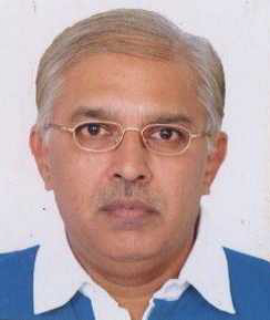Title : The necessity for innovative biotechnological solutions for the treatment of dying and textile effluents and their prose and cones
Abstract:
Textile and dyeing industries are the largest water consumers globally and produce large volumes of coloured effluents as our demands for bright, colourful products are increasing daily. These are constantly released into the aquatic system as well as other surrounding environments, as nearly 10-15 % of dyes produced are wasted in aquatic bodies during the manufacturing and dying process. Effluents from dying and textile industries contain a large amount of dissolved and suspended solids many of which are recalcitrant and potentially toxic to microorganisms, plants, animals, and humans, so they create problems for the environment and even for human beings. Several physicochemical processes are developed to treat colour-containing effluents, but their performance was not satisfactory due to several reasons. The absorption approach showed quite an acceptable choice compared to other conventional processes, however, after the treatment, the sludge generated has an economical and safe disposable problem. The ability of various bacteria, yeast and fungi for degradation and decolourization of dyes is reported, thus bioremediation of dyes and pollutants of textile effluents have attracted the attention of a large number of researchers in the field. Due to xenobiotic and recalcitrant properties, this waste is extremely difficult to biodegradation, nevertheless, in the last few years, several bacterial populations such as species of Pseudomonas, Acetobacter, Klebsiella, Bacillus, Sphingomonas, Xanthomonas, Proteus, Bacteroides, Eubacterium, Clostridium etc are found to decolourize, degrade or mineralize effluents containing single or mixtures of dyes. Application of anaerobic/ aerobic process in sequence may be required for certain dye-containing wastewater. Due to the large volume of wastewater generated, the batch process seems to be a less practical choice and demands the application of continuous treatment procedures. Looking at the diversity of the waste importance of the use of fixed-film fluidized bed reactors, up-flow fixed bed columns, rotating biological contactors, agitated tanks, aerobic suspended-bed activated sludge reactors and the application of crude microbial enzymes will be discussed.
Audience Take Away:
- Will know the problems of effluents from dyeing and textile industries
- Will understand various available biological methods
- Will get a knowhow of biological methods
- Will understand the necessity of sequential anaerobic and aerobic processes for azo dye degradation and disposal
- Get ideas about prose and cones of the technology


